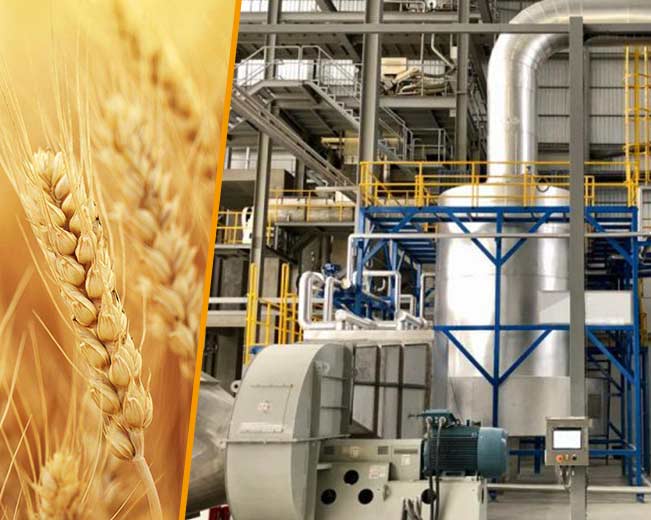Tapioca starch production line refers to a complete set of production process from tapioca starch raw material to finished product. This process includes the extraction, washing, crushing, sieving, dehydration and other links of cassava starch. The specific production line can vary according to different manufacturers and different needs.
Different taste: tapioca starch is tasteless and has no aftertaste, so it is more suitable than ordinary starch for products that require fine-tuned taste, such as pudding, cakes and fillings. Corn starch has a certain sweetness.
Different colors: The paste formed after cassava starch cooking is clear and transparent, suitable for coloring with pigments. Cornstarch, on the other hand, turns yellow.
The nutritional content is different: Tapioca starch contains more protein and vitamins, while corn starch contains more carbohydrates.
Different uses: Tapioca starch is suitable for food that needs fine-tuning of taste, while corn starch is suitable for thickening dishes and used in western medicine.
Tapioca starch has many uses, mainly in food industry and non-food industry. In the food industry, tapioca starch or starch derivatives have been used as thickeners, binders, puffing agents and stabilizers, and are also the best bulking agents, sweeteners, flavoring agents and fat substitutes. In the non-food industry, tapioca starch-based syrups can be produced at low cost through acid hydrolysis or enzymatic hydrolysis processes, and thus are used as raw materials for the production of various chemicals.
Low fat, low calorie. Every 100 grams of tapioca starch contains about 0.3 grams of fat and 350 kilojoules of calories, which is suitable for people who want to control their intake of fat and calories.
Rich in starch. Tapioca starch is mainly composed of starch and contains about 87 grams of starch per 100 grams. It is an ideal source of carbohydrates.
Huatai starch processing machine company supply different raw material starch equipment, any need please email to info01@cnoilmachine.com
